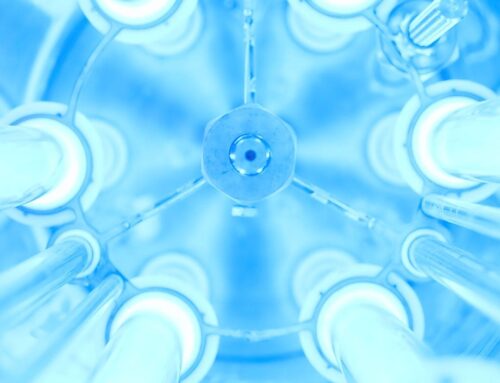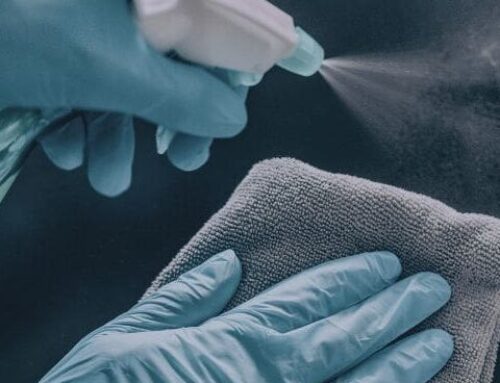This March, Consumer Reports published several documents covering their testing of antimicrobial product protection and public health claims for 34 different humidifier models.
All humidifiers were evaluated by Consumer Reports’ lab for bacterial growth in the water reservoir, and for the potential of the device to project bacteria into the air from the reservoir. Product performance was then compared to label claims. Examples of claims reviewed by Consumer Reports include “Germ Defense,” “Germ Free,” and “Bacteria-free Mist.”
Of the 35 humidifiers evaluated, only 7 appeared to demonstrate microbial reductions or inhibition of microbial growth to match their claims. All other devices either did not make clearly defined claims or failed to meet one or more criteria of their claim.
Consumer Reports concluded that the public cannot depend on antimicrobial claims when purchasing humidifiers. Consumer Reports then sent a letter to EPA requesting the Agency investigate humidifier marketing with regard to public health claims and product protection under the treated article exemption.
How Was the Humidifier Testing Done?
As every microbiologist knows, procedural details can dramatically affect test outcome. Unfortunately, Consumer Reports disclosed only the basics of testing in their letter to EPA and associated publications.
Microchem pressed Consumer Reports for detailed test protocols but was officially denied access. Additionally, Consumer Reports would not provide specific parameters of the testing (e.g. inoculum volume and microbes used for reservoir testing, how microbial emission was evaluated, what their definition of “significant” growth was, etc.).
Here is what we know:
To evaluate the antimicrobial activity of the water reservoir, each humidifier was run for three continuous days. Afterwards, the number of bacteria within the reservoir was compared to that of untreated tap water.
Some claims were restricted to mold and mildew, but Consumer Reports evaluated the products on the basis of bacterial reductions anyway. Products that failed to demonstrate antibacterial activity were considered to have failed to meet the criteria of their claim. Consumer Reports argued that the average consumer will not differentiate between mold, mildew, and bacteria when purchasing a humidifier with any antimicrobial claim, and that bacterial inhibition is an indicator of fungal resistance. Microchem asserts that bacterial inhibition is not necessarily an indication of fungal resistance.
Emission of bacteria from the water reservoir was evaluated by seeding the water reservoir with bacteria (genus/species not specified) and running each device on a normal use setting. The detection method for bacterial aerosols was not disclosed. Devices determined to have the potential for bacterial emission during normal use included the Air-O-Swiss U200, HoMedics UHE-CM25, and the Honeywell HUT-300.
In addition, label and packaging claims were reviewed. Consumer Reports considered all “health” related claims when evaluating humidifiers, including claims which were not clearly defined or regulated by the EPA.
EPA’s Position and Follow-Up Testing
Microchem reached out to EPA with the following questions:
- How seriously does EPA take these complaints?
- What is the best thing for affected companies to do?
- What action, if any, does EPA plan to take?
EPA responded by saying that the agency takes tips and complaints seriously. The Agency indicated the best thing for companies to do is to review label language in light of clearly defined standards for antimicrobial “public health” claims as well as claims falling under the treated article exemption. Finally, the agency stated “As is the case with all pending investigations, EPA personnel are prohibited from discussing particular enforcement actions that may be under consideration or already in development.”
Microchem Laboratory’s experienced staff of scientists stands ready to work with humidifier manufacturers to design and implement studies that ensure their products meet the requirements associated with treated article and public health claims. The lab is well versed in appropriate methods including ISO 22196 and ASTM G21.
Microchem Laboratory is also pleased to offer custom testing using individualized protocols to simulate real-world use of humidifiers and other devices. If aerosol claims are of interest, testing options include the use of multiple aerosol chambers of various dimensions to evaluate microbial emissions.




